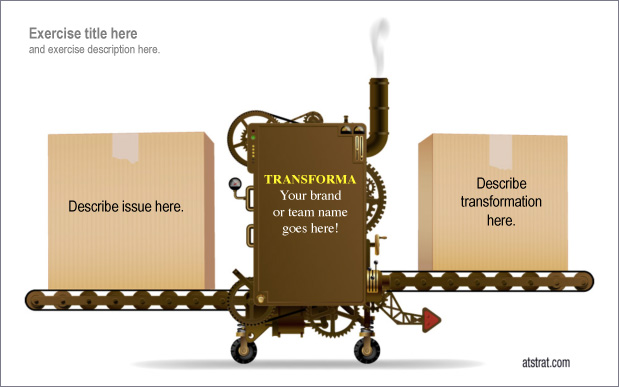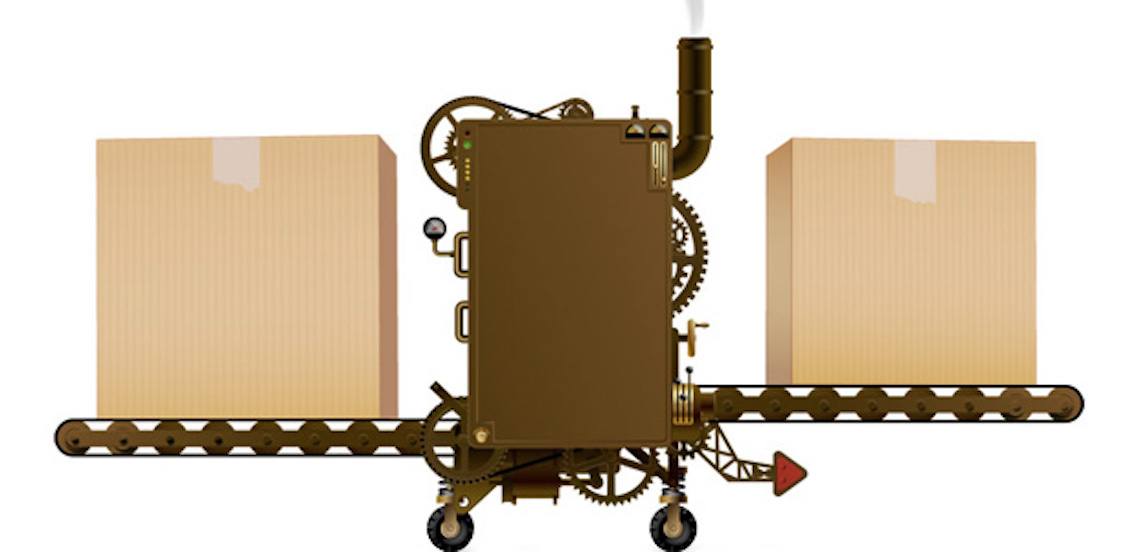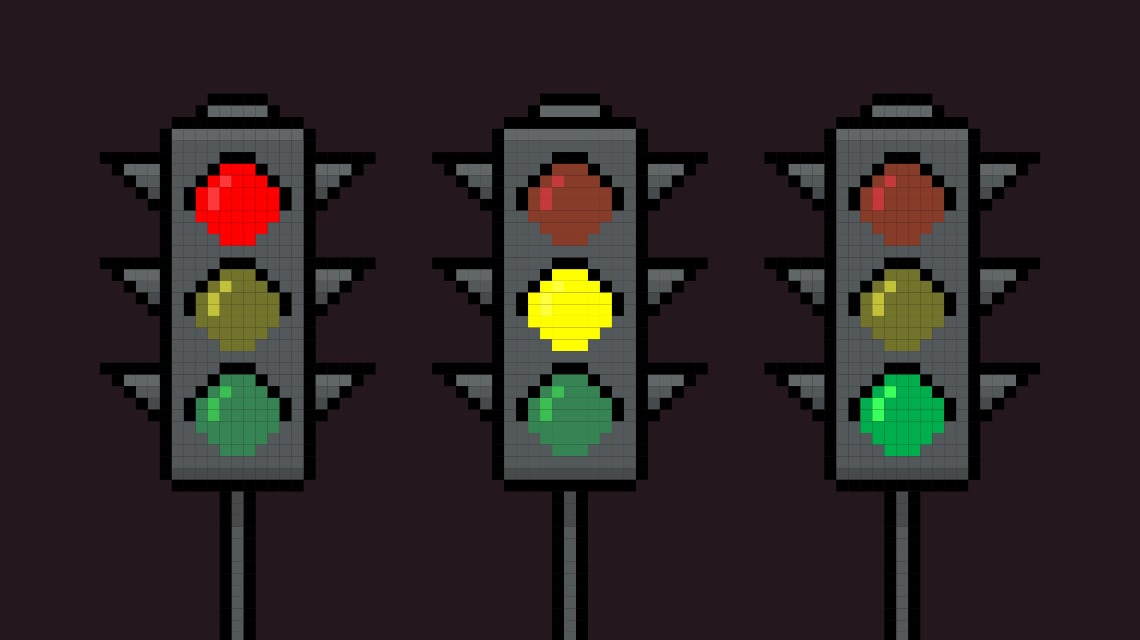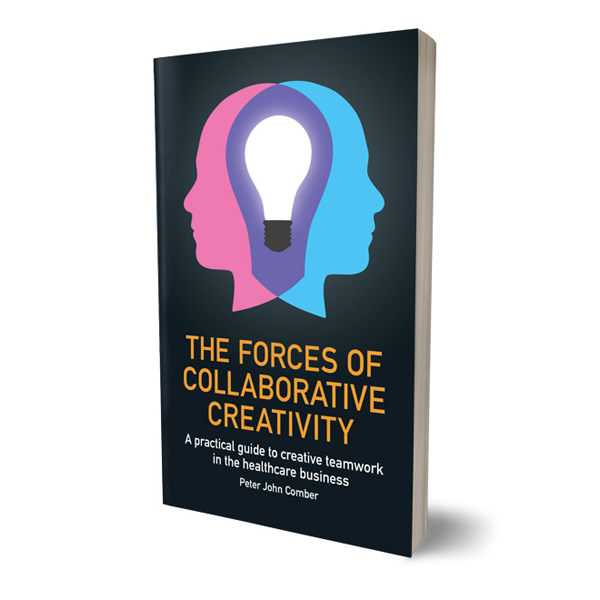Transforma: the Covid-edition.
Try this free, zoom-friendly exercise with your colleagues or clients to uncover the things they wish could change.
We have been deprived of a lot this year. In business, one of the casualties has been informal discussions and random opportunities for serendipity with colleagues, suppliers and clients. We still get a lot done but week upon week of tightly scheduled, objective-focused videoconferencing is leaving people increasingly stretched, stressed and mentally - not just physically - distanced.
The following is a simple exercise to help people express dissatisfaction and discuss what I call organisational grief (the annoyances of imposed systems and the friction of change). I have provided instructions and a Powerpoint worksheet to facilitate work-from-home participation. While yet another videoconference is not the ideal solution to zoom-fatigue, until it is safe again to occasionally congregate, it is the only means we currently have.

If you intend to use the Transforma worksheet you can download the Powerpoint document here >>
Once you open the file, you will see that all the text is editable, so if you dislike the Transforma name you can change it and even if you keep it you can personalise the name of the machine with whatever brand or group description is appropriate for you.
Write a title and a simple description of the task. It’s up to you to define the context and scope with the description, to get you started here are some examples.
“In the box on the left, describe something that bothers you about working for Omega Corp. and in the box on the right, how the magic Transforma machine could change it.”
“In the box on the left, describe the most negative aspect of WFH and in the box on the right, how the magic Transforma machine could improve it.”
“In the box on the left, describe a collaboration issue you have with another department and in the box on the right, how the magic Transforma machine could fix this.”
“In the box on the left, describe something we are doing wrong with Omega-widgets and in the box on the right, how the magic Transforma machine could make it better.”
As you can see from these examples, it is a simple format: on the left a brief description of a problem and on the right a wished-for solution.
Feel free to make the task as broad as you like or focused on a specific subject - whatever works best for your situation. To keep the exercise fun and focused on unearthing discomfort and problems (not finding viable solutions) it is a good idea to stress the ‘magic’ nature of the machine. How you frame the task will influence whether you collect more emotional or more practical thoughts; in the second example you could specify, “the most negative emotional aspect of WFH”.
Or you can add ‘Transforma rules’ to guide the way the exercise is performed - in the last example, you could state that the Transforma machine, while magic, can’t change pricing.
Once you have personalised the worksheet to fit your needs, you are ready for your first session. Organise a video call with no more than eight people. If you need to involve more people, organise multiple sessions.
Start the call by explaining the exercise and by stressing the fact that it is a mental exercise and not a practical, problem-solving exercise. Send the Powerpoint worksheet to all participants (don’t do this before the call). Make sure the task is understood and give the participants 10 minutes to complete the exercise, individually and concurrently, producing at least one worksheet (more than one worksheet is welcome).
Keep everyone connected (muted) on the video call as they work. When the 10 minutes have passed, give each participant 5 minutes to present their worksheet(s). When everyone has presented their work discuss similarities, differences and lightly explore the universality of issues with the group.
The length of a session varies with the number of participants: for six people you need 60 minutes (5-minute introduction + 10-minute exercise + 30 minutes individual presentations (5 minutes x 6 people) + 15 minutes discussion).
The objective of the 15-minute discussion is to give the group time to reflect on the things that have emerged from the exercise and debate whether any of them merit further investigation. If you are working with a large group and therefore have multiple sessions you can ask each participant to record a 30-second presentation of their worksheet and - once all the sessions are complete - publish all the worksheets and 30-second movies in an appropriate shared space.
Live human-to-human interactions are not the same as digital-mediated human-to-human interactions. Partly this is due to the disembodied nature of the medium and the physical communication clues we are deprived of. In business, it is also due to the way we use the medium: scheduled, regimented, orchestrated and inhospitable to random input. Efficiency and spontaneity don’t mix. An exercise like this is scheduled and orchestrated but, it actively invites random, and possibly cathartic, expression (not everything needs to have a viable solution, sometimes sharing a burden is a source of comfort). Spontaneity is important for these types of activity: the task is revealed in the session not before, the exercise is performed individually and limited time prevents over-thinking. Spontaneity hates repetition, for this reason, you shouldn’t expect this exercise to be equally successful multiple times with the same participants. If you wish to repeat the experience, you will need a new exercise to recapture in your participants the surprise and stimulation of a new challenge.
Sometimes these sessions are like opening a window in a stuffy room; the act of letting fresh air circulate is a positive and definitive outcome. On other occasions, it is more like pulling back a heavy curtain and exposing a scenario that requires some form of action. Both are valuable.





